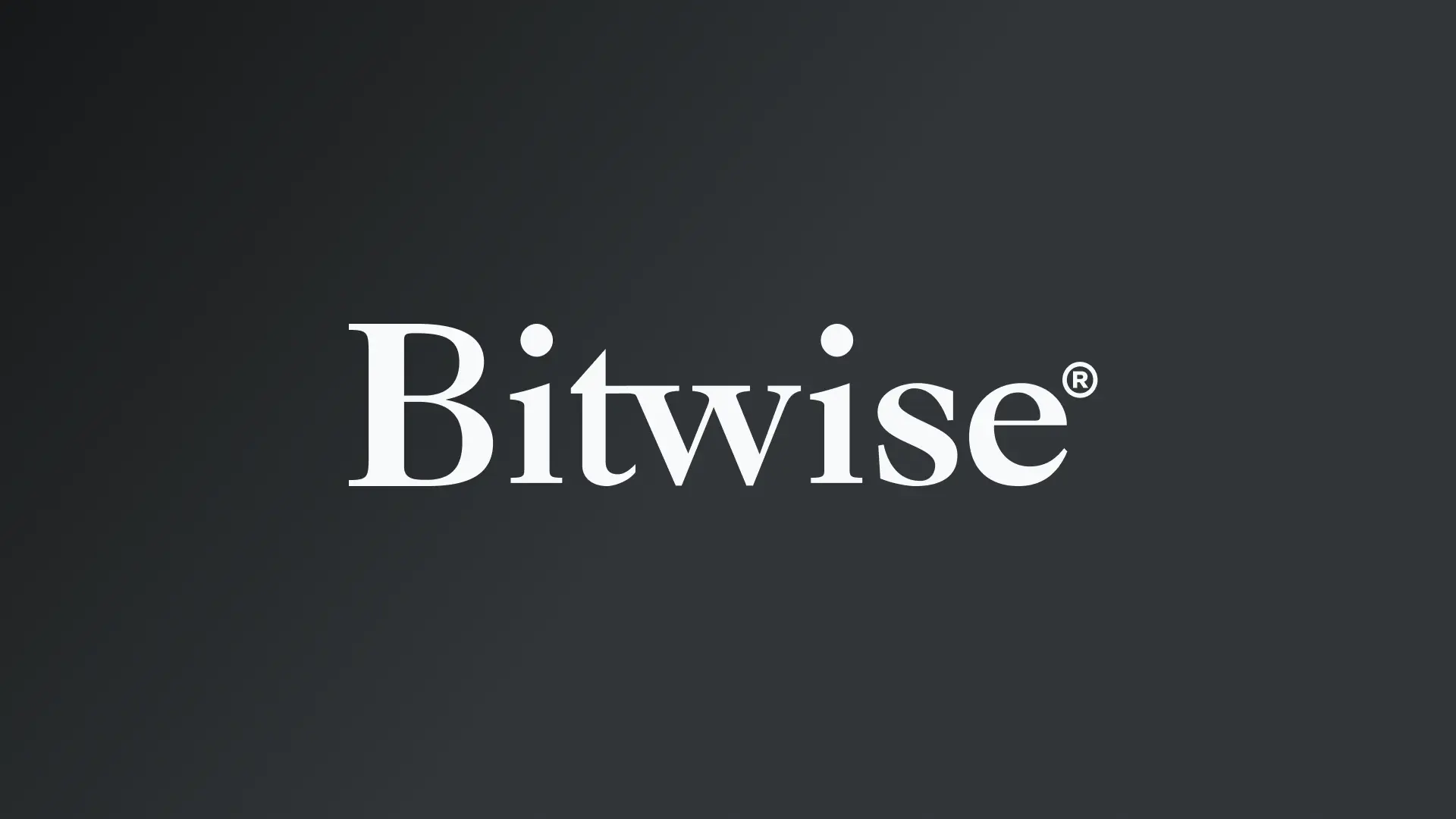Cryptocurrency
Satoshi Nakamoto did not invent any of the individual technologies that comprise Bitcoin’s protocol (for example, proof-of-work, public-private key cryptography, or the blockchain). Instead, Bitcoin’s brilliance stems from its economic design; it unites disparate actors, none of whom trust each other, all of whom have an incentive to steal from one another, and some of whom hope to destroy the system and aligns these adversaries’ incentives so that they can come to consensus to create a single immutable ledger that remains open and transparent to all.
Suffice it is to say that Bitcoin won’t become a very valuable intangible asset without taking into consideration the strengths, weaknesses, and struggles of the relative projects that had preceded its existence. Today we will look back on some of the most notable digital research efforts that paved the way for the development of Bitcoin.
Adi Shamir is an Israeli cryptographer. He is a co-inventor of the Rivest–Shamir–Adleman (RSA), an elegant and simple algorithm that has captured the attention of many mathematicians since it was introduced in 1978. It is considered as one of the oldest titles that have introduced the crypto system. Numerous descriptions of the algorithm have also been published. The acronym “RSA” came from the surnames of Ron Rivest, Adi Shamir, and Leonard Adleman, who publicly described the algorithm in 1977.

RSA is a relatively slow algorithm. Because of this, it is not commonly used to directly encrypt user data. More often than not, RSA is used to transmit shared keys for symmetric-key cryptography, which are then used for bulk encryption–decryption. Under RSA encryption, messages are encrypted with a code called a public key, which can be shared openly. Due to some distinct mathematical properties of the RSA algorithm, once a message has been encrypted with the public key, it can only be decrypted by another key, known as the private key. Each RSA user has a key pair consisting of their public and private keys. As the name suggests, the private key must be kept secret.
First of the Bitcoin’s predecessors arose from the Cypherpunks, a remarkable group that is concerned about the erosion of privacy and individual disempowerment in modern society. A vision of a decentralized, government-free society, a kind of encrypted, networked utopia. Its goal is to replace the existing model for global payments and currency issuance with one in which individuals have complete sovereignty and anonymity over their economic activity. The movement was led by several intellectual mathematicians and cryptographers that put forth a resistance against the existing surveillance, by advancing the use of cryptography with an aim of preserving privacy for individuals. This led to a sustained competition, starting in the ’80s and then in the ’90s, between the crypto activists and the government surveillance communities, which also resulted in advancements in the field of cryptography.
One of the core notions of Cypherpunks is to realize good ideas, not just discuss them. As such, they have designed many cryptography-based privacy-focused applications that are still in widespread use today, like the Pretty Good Privacy (PGP) program that encrypts and decrypts email over the internet, and authenticates messages with digital signatures, and encrypts stored files for secure data communication. Cypherpunks’ ideas and achievements have led to the creation of the Tor project for private web browsing and cryptocurrencies, the first of which was Bitcoin.
David Chaum, a renowned cryptographer and computer scientist, created a system in 1983 that allows banks to create digitally signed amounts of digital cash (“e-cash”). The Digicash was believed to be the first cryptocurrency to exist. Customers can spend their e-cash at merchants, who will then redeem it with the bank. Following each transaction, the e-cash must be redeemed with the bank for fiat money or new e-cash, and only e-cash issued directly by the bank can be trusted not to have been double-spent. When the merchant redeems the e-cash, the bank will see that it is valid, but it will not know which of its customers the e-cash was originally assigned to. As a result, the individual transactions were anonymous in the eyes of the bank.

This system of Blind Signatures of the DigiCash software, which is done through the issuance of secured keys that prevented third parties from accessing personal information through online transactions gave a strong sense of security to its users. The Mark Twain Bank, later acquired by Mercantile bank located in Missouri, was the only U.S. bank that supported the DigiCash system. Deutsche Bank, which was based in Germany, and Credit Suisse of Switzerland also recognized the DigiCash system.
The concepts underlying blockchain can be traced back to a series of papers published in 1991 by Haber and Stornetta. They are the co-inventors of the early blockchain. At Bell Communications Research (Bellcore), Scott and Stuart co-invented the blockchain technique for ensuring the integrity of digital records, writing a pioneering series of papers and patents which laid the foundation for Bitcoin and other digital currencies. Their suggestion was for a secure timestamping method for digital documents. The goal of timestamping is to approximate when a document was created. More importantly, timestamping accurately conveys the order in which these documents were created; if one was created before the other, the timestamps would reflect that. The security property requires that the timestamp of a document cannot be changed after it has been created. As such, the timestamp certificate, which may also be referred to as proof of registration, is a one-way function that takes the fingerprint of a file.

To date, we refer to it as the blockchain, which was also the basis of the system that Bitcoin utilizes. Scott and Stuart welcomed Satoshi Nakamoto’s use of timestamping work in Bitcoin and they also recognized the cryptocurrency itself as an ambitious and terrific innovation.
Cynthia Dwork and Moni Naor developed a spam-reduction technique in 1992 that required email senders to attach a type of proof to their outbound emails, demonstrating that they had incurred a very small ‘cost.’ Without this proof, recipients would reject inbound emails. The ‘costs’ incurred by the senders would be insignificant at normal email volumes, but they add up and discourage spammers who send out millions of emails. The idea is quite simple, if a user wants to send an email, they have to compute a hash as a proof to prove that they have spent a reasonable amount of computing resources for composing the email. This technique will prevent a spammer from sending thousands of emails as it is quite infeasible to compute hash for all the emails. The verification of the hash is done at the receiver side, which is quick and easy to validate. The ‘cost’ would be incurred as ‘work,’ in the form of repeated calculations. As a result, the receipt would be a ‘proof’ that repeated calculations, or ‘work,’ had been completed, giving rise to the phrase ‘proof-of-work.’

Proof-of-work is a concept that exists prior to Bitcoin’s genesis. The idea of Proof of work was first explained in a 1992 journal article authored by Cynthia Dwork and Moni Naor as a way to deter spam, but the term “proof of work” didn’t come into play until 1999, when Markus Jakobsson and Ari Juels coined it in a document. With its modern-day definition, the proof-of-work model is a consensus mechanism that is used to confirm and record cryptocurrency transactions. Crypto mining, for instance, utilizes the proof-of-work mechanism to generate cryptocurrency.
Dr. Douglas Jackson made history as one of the early pioneers in the digital currency space when he founded E-Gold, a digital currency backed by gold, in 1996. E-gold was a digital gold currency operated by Gold & Silver Reserve Inc. (G&SR) under e-gold Ltd. that allowed users to open an account on their website denominated in grams of gold (or other precious metals) and the ability to make instant transfers of value to other E-gold accounts.
E-gold transactions were instantaneous, could not be reversed, and cost much less than traditional bank payments. Founders of E-gold sought to create a private gold-based monetary system that included Internet-based transactions which would perform better than the national currency.
The E-gold software guaranteed a secure and efficient method for transmitting value and maintaining records of payment transaction information. Each digital gram of E-gold was backed by one physical gram of pure gold bullion held offline. Its system was believed to be operating outside of existing Bank Secrecy Act regulations from 1996 until 2005.
Adam Back independently developed a system similar to proof-of-work in 1997, describing it as a “partial hash collision-based postage scheme” and naming it ‘Hashcash.’ Adam Back realized that the concept could be useful beyond his own service and worked to promote the concept to be used for other email services to prevent spam or for other situations where Sybil resistant rate limiting could be useful. Over time, Hashcash became widely known as an innovative idea. Spam Assassin, Hotmail, Outlook, and I2P all included versions of the concept in their respective software.
The proof-of-work system was widely used to limit email spam and denial-of-service attacks and, more recently, has become known for its utility in Bitcoin (and other cryptocurrencies) as part of the mining algorithm.

The mission Back wanted HashCash to accomplish was to curb mass spamming. Doing this on a massive scale is strenuous work for a computer which leads to consuming cycles of CPU and an increase in energy consumption. Deterring spammers from conducting malicious practices may be secured by slowing down their ability to send messages and/or impacting their power consumption and electricity bills since sending thousands of emails will make the practice financially prohibitive.
In 1998, Wei Dai created an untraceable network in which senders and receivers were only identified by their digital pseudonyms or public keys and every message was signed by the sender and encrypted for the receiver. Transactions would be broadcasted to a network of servers, which would keep track of account balances and update them when signed transaction messages were received. The participants in a periodic auction would agree on the creation of money.
The B-money is simply an anonymous distributor of digital currency or electronic cash system through computer network trade with each other that is verified with SHA-1 hash functions. Dai helped to spark interest in cryptocurrencies with the publication of the B-Money white paper. In the white paper, Dai outlines the basic properties of all modern-day cryptocurrency systems. The white paper proposes an alternative money creation that is divided into four phases: Planning, Bidding, Computation, and Money Creation. He outlined his version of a crypto-anarchist dream for a community where violence would not be possible due to the fact that the physical locations and real identities of people would be obscured from public knowledge. Due to the lack of violence, he believed there would be no need for governments, and the institution would become permanently unnecessary.
However, Dai recognized that for his dream to become a reality, a community that could communicate and transact in a peer-to-peer way would have to be created. The incentivization of currency creators through the mining process as is seen in Bitcoin is also based on Dai’s proposal. It is important to note that Dai’s paper on B-money was cited as a reference by Bitcoin’s pseudonymous creator Satoshi Nakamoto.
Nick Szabo conceived of Bit Gold in 1998 and blogged about it in 2005. He was one of the world’s first Cypherpunks. He made huge waves in the crypto space with Bit Gold, which he originally proposed in 1998. Many language experts have identified strong similarities in mannerisms between Satoshi’s and Nick’s writing.

Bit Gold is considered as one of the earliest attempts at creating a decentralized virtual currency. His idea was spurred by inefficiencies within the traditional financial system, such as requiring metal to create coins and to reduce the amount of trust needed to create transactions. Though it was never officially released, part of the inspiration behind Bitcoin is the Bit Gold. Bit Gold uses time-stamped blocks that are stored in a title registry and generated with proof-of-work strings. Bit Gold uses a proof-of-work mechanism and mining to create new Bit Gold, but the mining process comes with the computational difficulty increasing to curb supply.
Unlike Bitcoin, Bit Gold never came to fruition due to limitations related to how well you can trust the distributed steps as well as the issues on transacting through trust-based systems. Additionally, the problem of machine architecture required to make the theoretical BitGold network run in practice was not addressed.
Developed by Ryan Fugger in 2004, Ripple pay creates a monetary system that was decentralized and could effectively allow individuals and communities to create their own money. Fugger had wanted a network that connected individuals and allowed them to extend credit and exchange debt through the people they knew in the network.
Ripple aims to improve cross-border payments through its distributed ledger and the global banking system by making transfers cheaper and more efficient. The company also has multiple products; xCurrent, a software that banks can use for cross-border payments, xRapid helps financial institutions manage liquidity costs and xVia, a user interface to make xCurrent and xRapid easier to use.
It should be noted Ripple is not a cryptocurrency, it is a protocol, whereas XRP is Ripple’s crypto currency. Ripple has gotten a lot of good press and bad press. Jed McCaleb, one of Ripple Labs’ founder, left the organization in 2014 and took to an XRP Talk forum to announce that he planned to sell his nine (9) billion XRP tokens. His announcement corresponded with a 40% drop in XRP’s price overnight. To top it off, Ripple is entangled in a lawsuit with the US Securities and Trade Commission (SEC) since 2020.
Liberty Reserve was formerly a company based in Costa Rica that allowed people to send and receive secure payments without revealing their account numbers or real identities. Headed by Arthur Budovsky, who renounced his American citizenship to create a new life in Costa Rica, the company operated from 2006–2013 until authorities cracked down on it when they discovered that it was a massive multi-billion dollar money laundering business.
Customers utilized Liberty Reserve’s online exchange service to make payments and add or withdraw money from their accounts. An account could be created with just a name, birth date, and email address, which did not need to be confirmed.
Liberty Reserve subsequently emerged as one of the principal money transmitting services used by cybercriminals around the world to amass, distribute, store, and launder the proceeds of their illegal activity. It functioned as a financial hub for the online underworld, favored for the ease with which it enabled cybercriminals to conduct anonymous and untraceable financial transactions.
Before being shut down by the U.S. government in May 2013, Liberty Reserve had more than five (5) million user accounts worldwide, including more than 600,000 accounts associated with users in the United States, and processed tens of millions of transactions through its system. These funds encompassed proceeds of investment fraud, credit card fraud, identity theft, and computer hacking, among other crimes.






